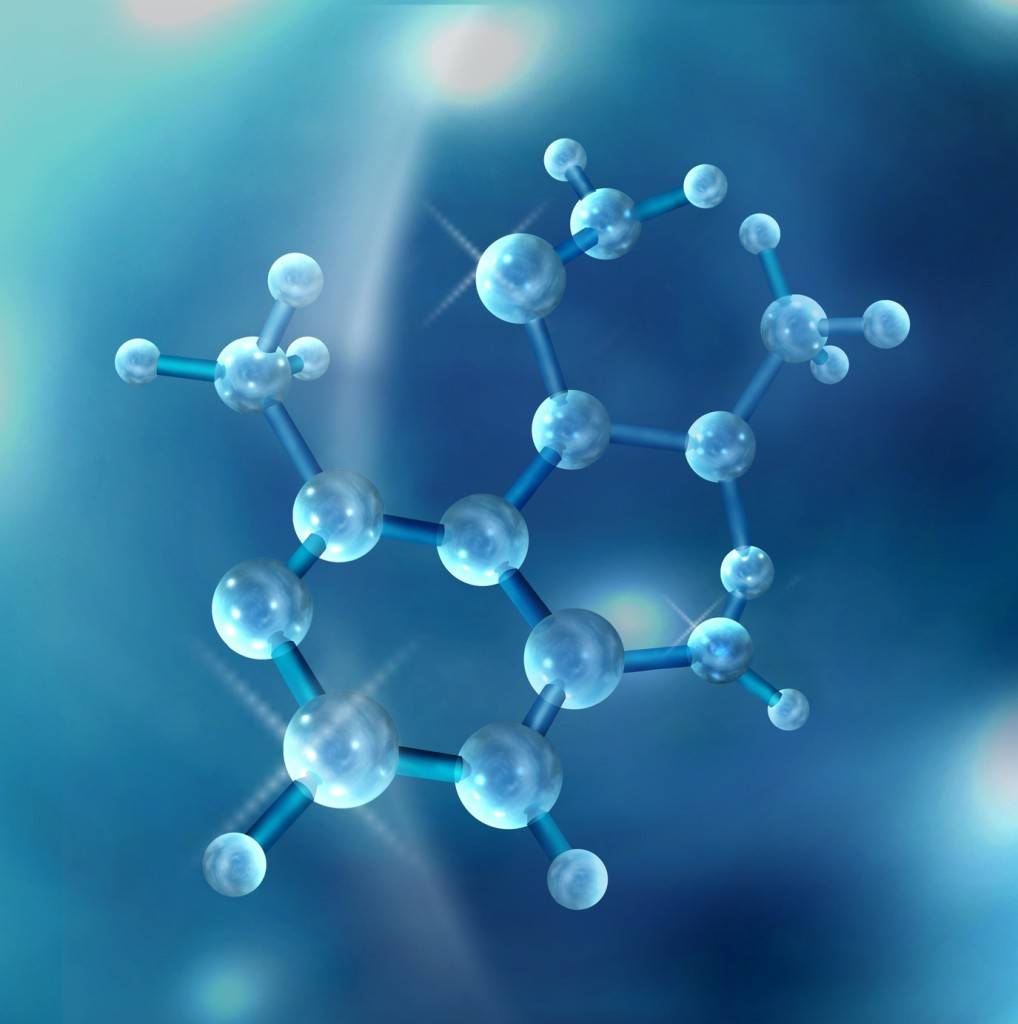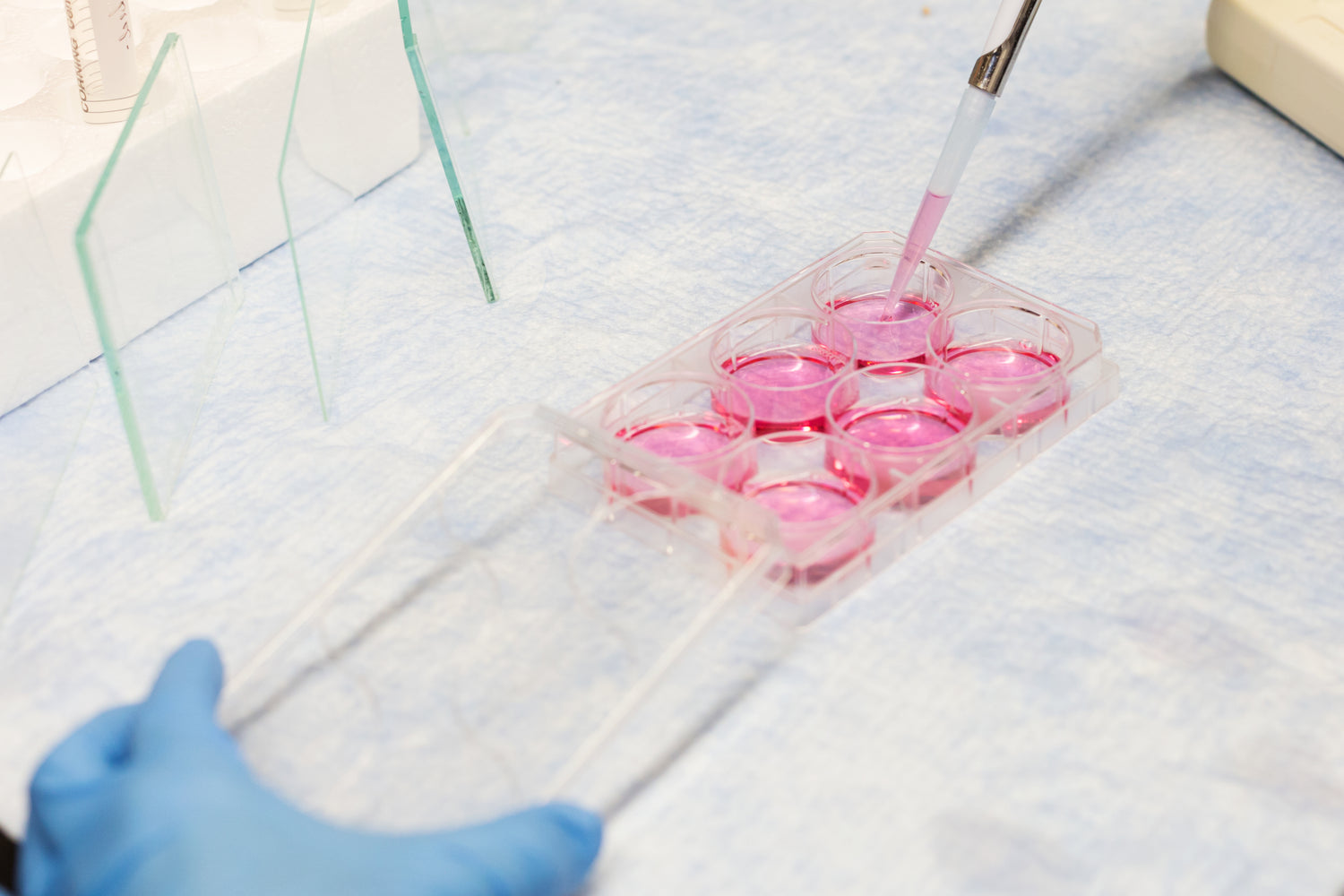The economic value of pepper is high, but there are few researches on its polysaccharide. The purpose of this study was to optimize the process of ultrasonic assisted extraction of polysaccharide from pepper, compare the effect of ultrasonic assisted extraction and hot water extraction, explore the structure and antioxidant activity of ultrasonic assisted extraction, and provide support for its application.
Hainan pepper was washed, dried, crushed and degreased for use. Various instruments were used for extraction and analysis.
The processes of hot water extraction and ultrasonic assisted extraction of pepper polysaccharide were introduced, and the conditions of the two extraction methods were optimized by single factor experiment and response surface method.
The deproteinization method was used for ultrasonic assisted extraction and deproteinization. The contents of polysaccharide and protein were determined by various methods. The structure was analyzed by Fourier transform infrared spectroscopy and nuclear magnetic resonance, and the antioxidant activity was determined by various in vitro experiments.
The optimal liquid-solid ratio, extraction time and temperature were 30 mL/g, 120 min and 80℃, respectively. At the ultrasonic power of 324 W, the optimal liquid-solid ratio, ultrasonic time and temperature were 40 mL/g, 75 min and 70℃, respectively.

Ultrasonic-assisted extraction Ultrasonic-assisted extraction is more efficient, with higher polysaccharide content and lower protein content. The structures obtained by the two methods are similar, both of which are α-pyran ring structures.
Both hot water extraction and ultrasonic-assisted extraction had certain antioxidant activity in a dose-dependent manner, with no significant difference in antioxidant capacity between them.
The extraction conditions optimized by response surface method were reliable. Ultrasound assisted extraction could increase polysaccharide content and decrease protein content.








